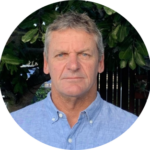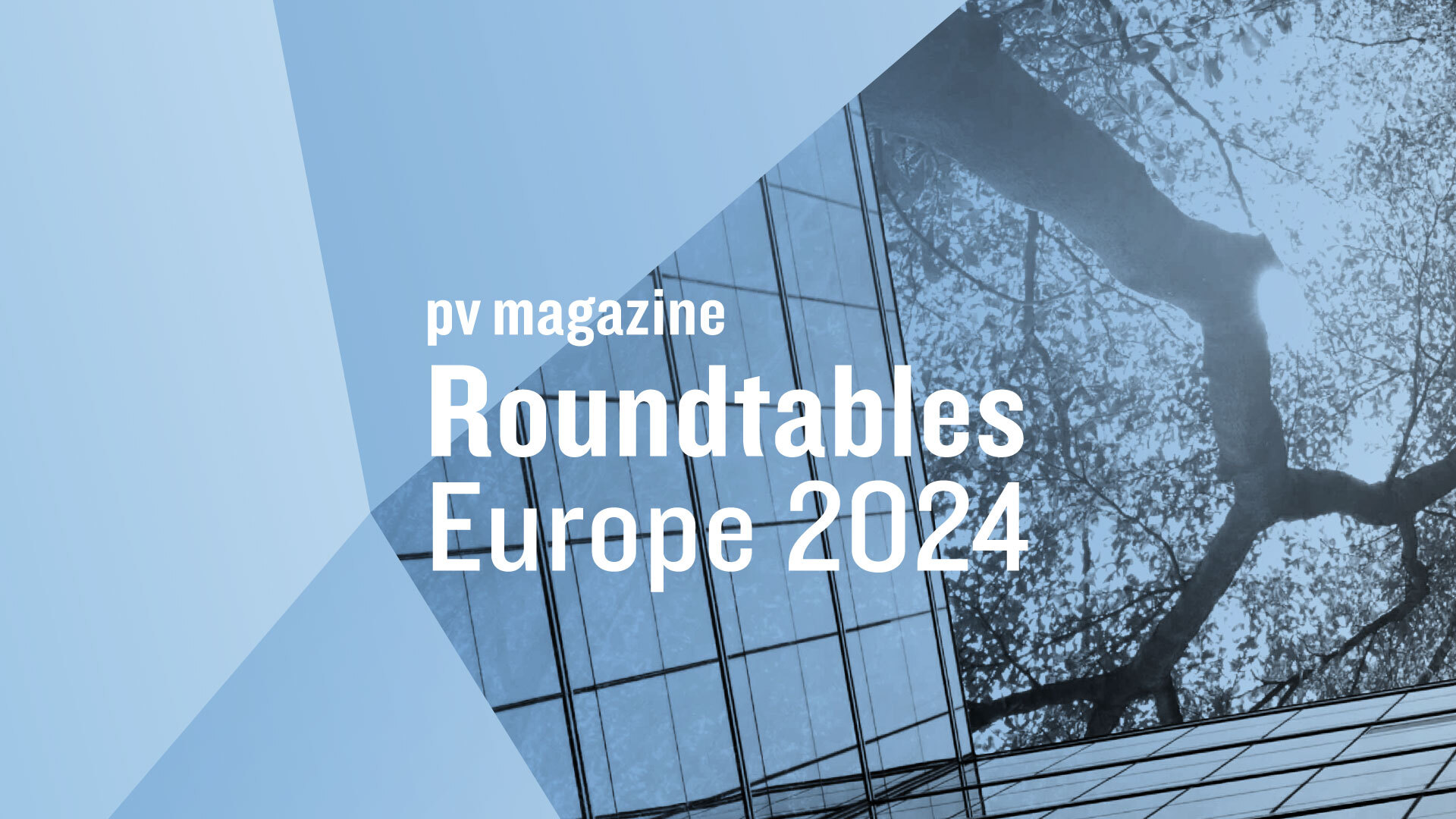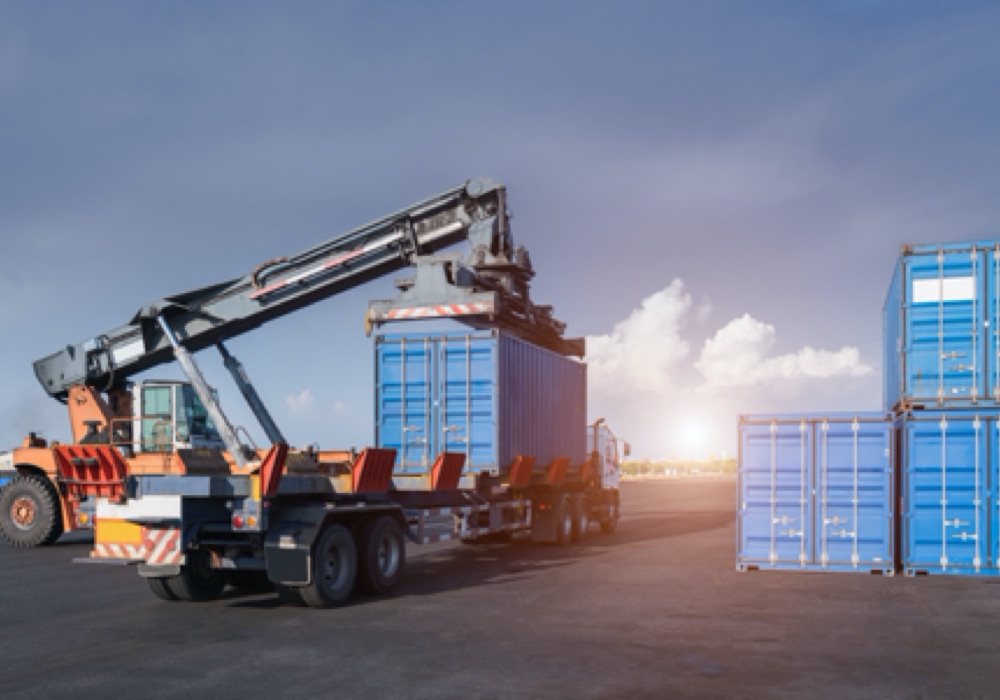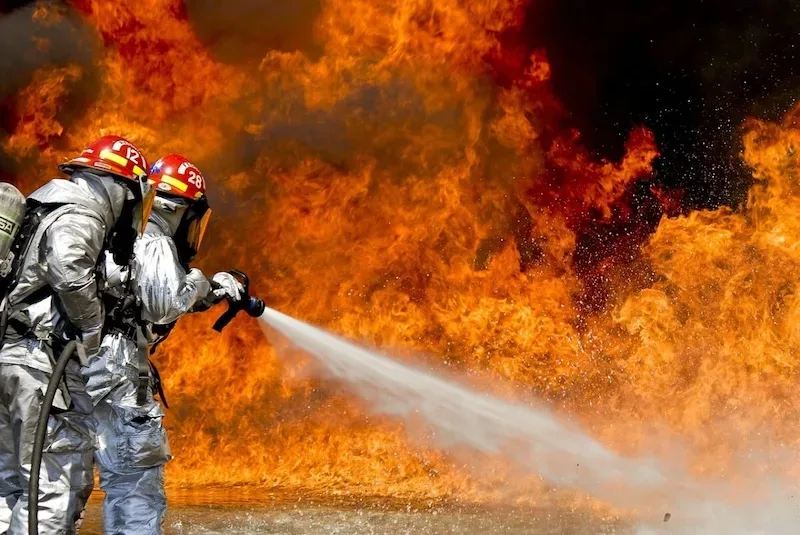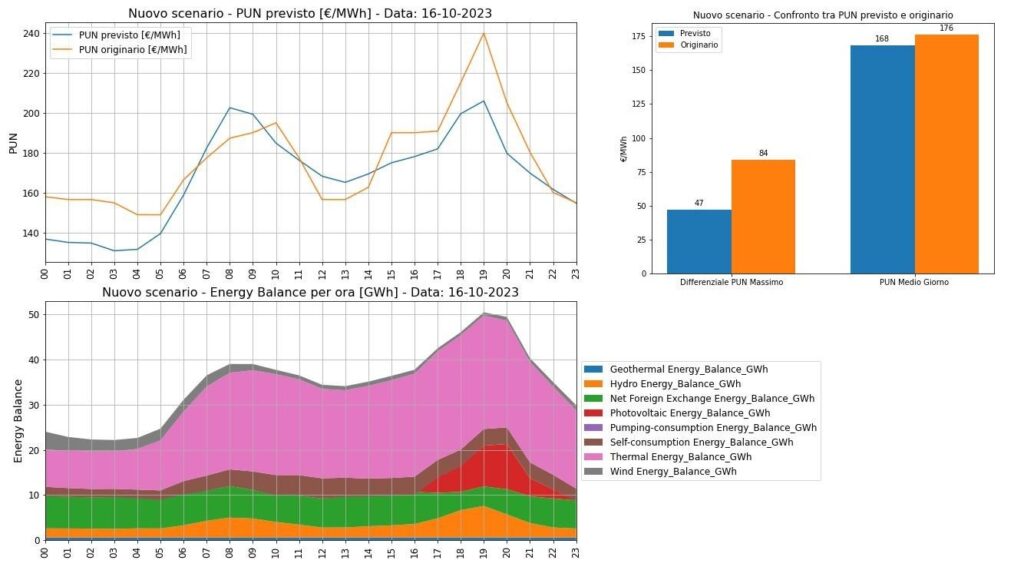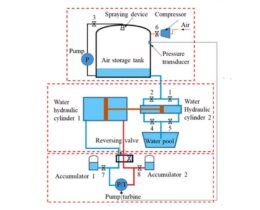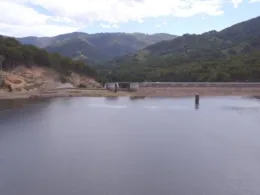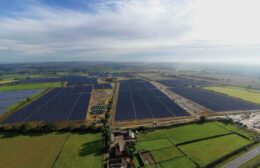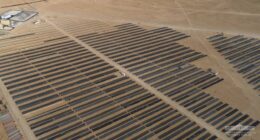Evolution pushes ahead with 20 GWh pump hydro project
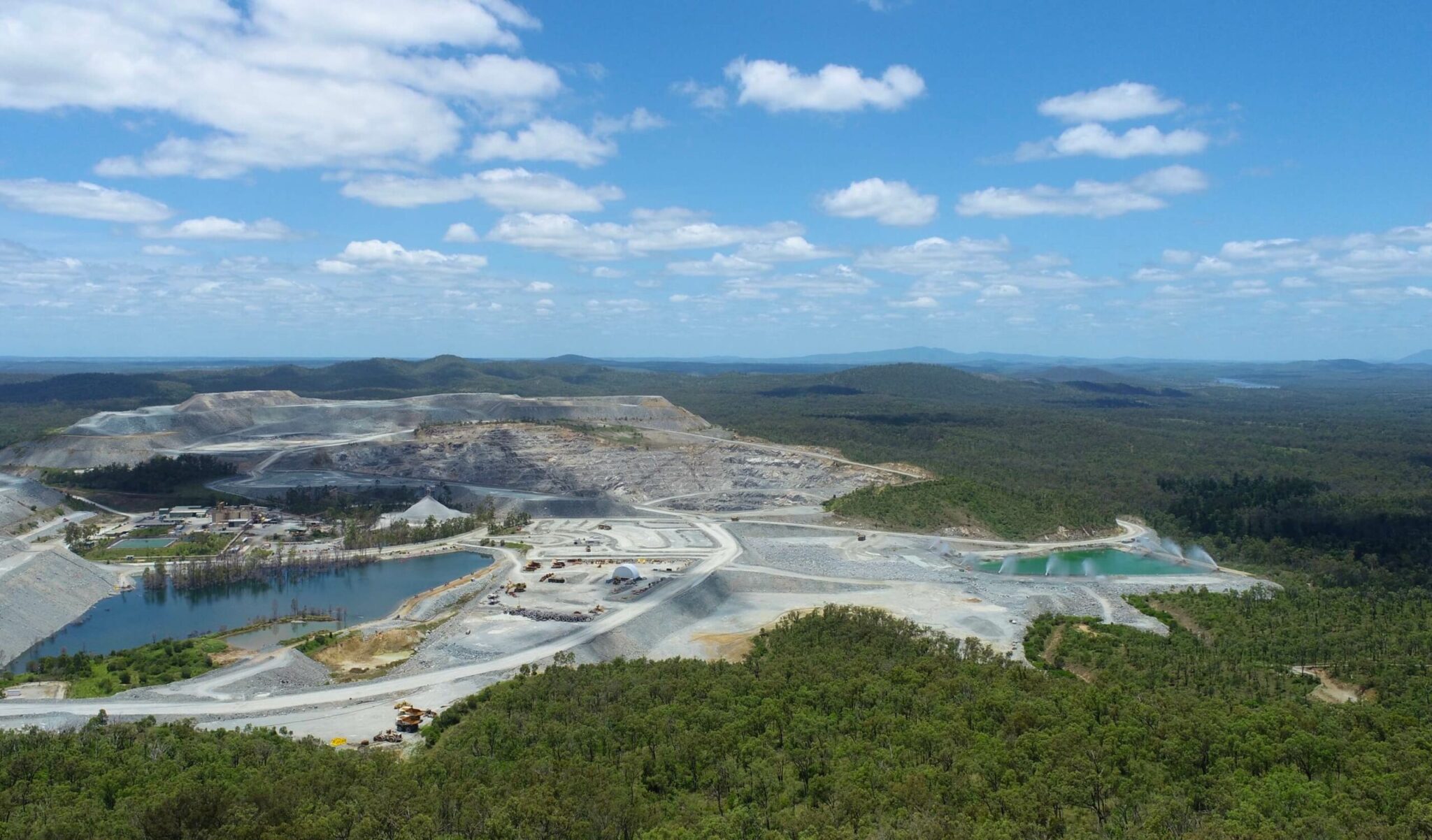
Evolution Mining has lodged the environmental impact statement for the proposed 2 GW / 20 GWh Mount Rawdon Pumped Hydro Project with the Queensland Coordinator-General’s office for assessment.
The Mount Rawdon project, which was declared a coordinated project by the Queensland Coordinator General in 2022, is being jointly developed by Evolution and financial consultancy ICA Partners.
The parties plan to develop and operate the pumped hydro facility through the repurposing of a pit at the existing Mount Rawdon mine, about 75 kilometres southwest of Bundaberg. The gold mining operation there is slated for closure in 2027.
Evolution said more than $7 billion would be invested through the construction phase and establishment of a new power generator should the project proceed.
The Sydney-based company said the existing pit would serve as the lower reservoir for the pumped hydro facility with a second upper reservoir needing to be built. It is expected the project would also need 15 kilometres of lateral tunnels and 2.5 km of vertical tunnels. It would have the capacity to store 2 GW of energy, allowing for up to 10 hours of continuous electricity generation.
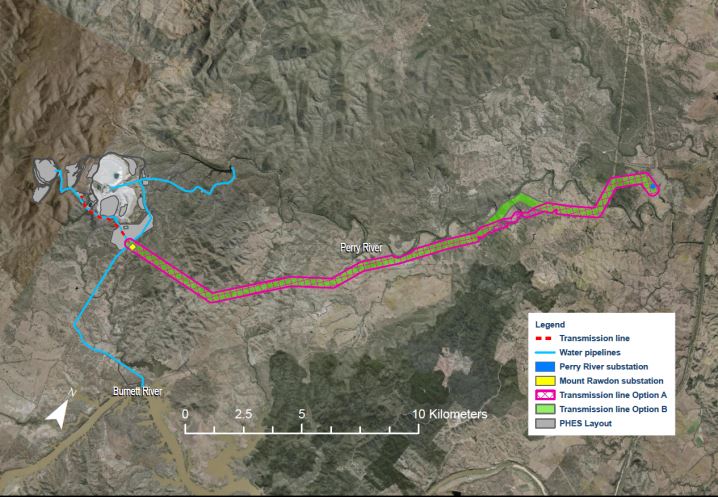
Evolution Executive Chair Jake Klein said a recently completed feasibility study has demonstrated that the Mount Rawdon project “is economically and socially attractive and will be the lowest cost pumped hydro generation project per megawatt of capacity in Australia.”
The feasibility study estimates the project could deliver lower power prices for Queensland consumers, saving almost $13 billion off market costs in its first 20 years of operations.
Klein said the facility is ideally positioned to provide secure, reliable and clean power to central and southeast Queensland as coal-fired generators are progressively retired with the companies targeting an investment decision by December 2025.
“Mt Rawdon is set to become a 20,000 MWh pumped hydro storage facility capable of powering up to two million Queensland homes every evening, providing essential firming capacity in Queensland’s transition to renewable energy,” he said.
ICA Partners’ Michael Siede said the Sydney-based investment outfit had identified firming capacity as the most strategic component of Australia’s transition to a renewable power grid.
“This prompted the commencement of a comprehensive national study to determine the most suitable site to develop a pumped hydro energy storage project,” he said. “Mt Rawdon’s low cost is due to its favourable topography, synergies with the existing mining operation, close proximity to the transmission grid and excellent accessibility.”
The Mount Rawdon project is among a growing list of pumped hydro projects being developed in Queensland with the state government having identified the technology as an ideal candidate to help replace coal-fired power.
The government is aiming to shut down the state’s five coal-fired power stations by 2035 and Queensland Energy Minister Mick de Brenni said pumped hydro will play a key role in the state’s renewable energy transition.
“Pumped hydro is proven technology, ready to go now,” he said.
The most advanced of the projects is the 250 MW / 2,000 MWh Kidston pumped hydro facility being built by Genex Power in north Queensland.
State-owned company Queensland Hydro is pushing ahead with the development of the proposed 2 GW / 48 GWh Borumba pumped hydro project being developed near Gympie and the bigger 5 GW / 120 GWh Pioneer-Burdekin pumped hydro project being progressed near Mackay.
The Borumba project is expected to be completed by 2029, while the Pioneer-Burdekin project is not due to be operational until 2035.
